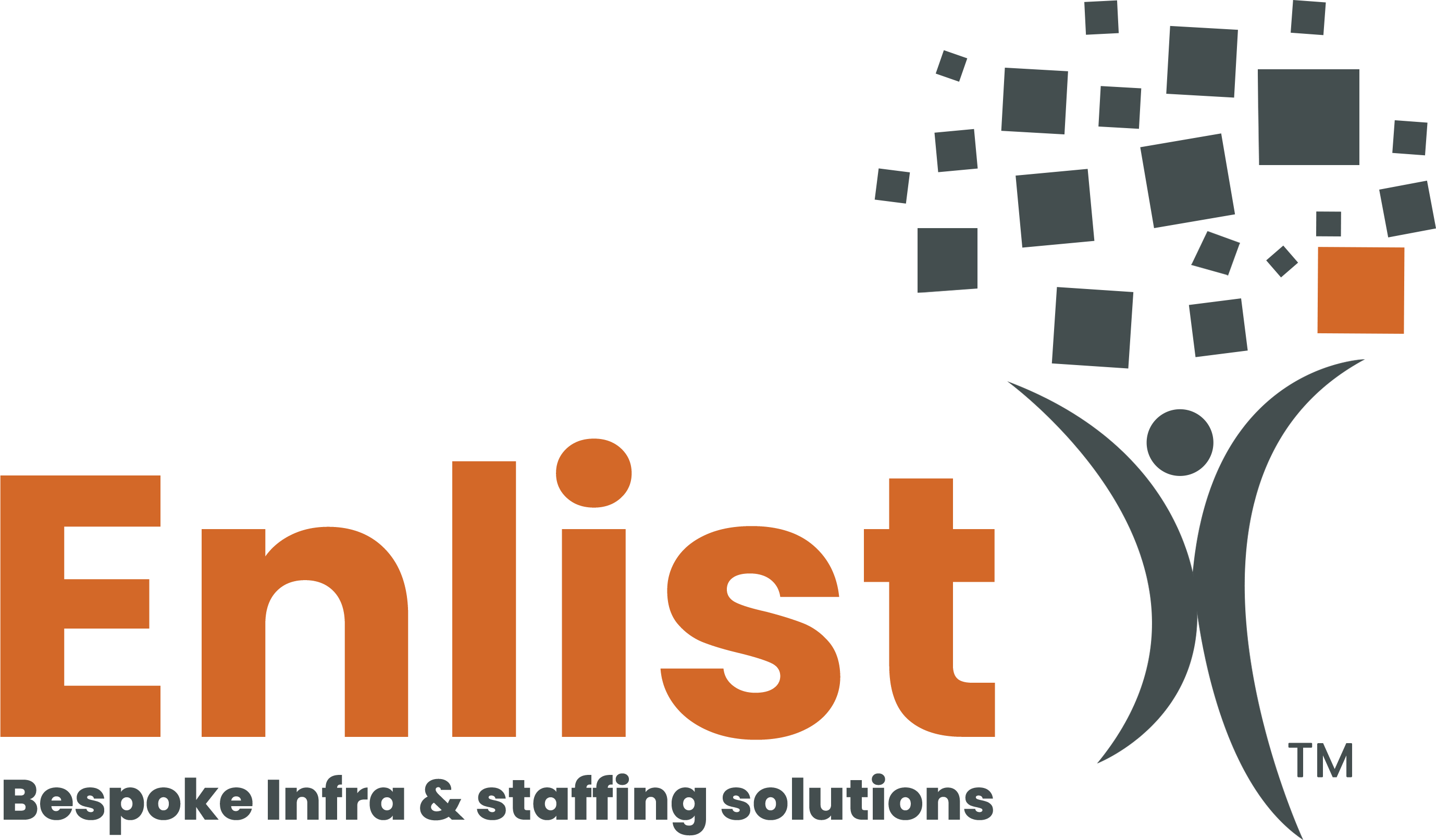Imagine a scenario where a bustling bank, the heartbeat of a city’s financial transactions, suddenly faces an unforeseen disaster. What happens next? How does the bank ensure your transactions remain secure, uninterrupted, and seamless, even in the face of adversity?In this ever-changing and dynamic world of finance, where every second counts, ensuring seamless operations under any circumstances is paramount. Financial institutions are the lifeblood of economies, making it essential for them to possess robust disaster recovery and business continuity strategies. In this article, we delve into the intricate landscape of Business Continuity Plans (BCPs) and disaster recovery in banking.
With our experience in the industry, we shed light on the critical aspects, explore the interplay between resilience and continuity, and emphasise the pivotal role of BPO partners in safeguarding the banking sector.
The Role of BCP in Banking:
A Business Continuity Plan (BCP) in banking acts as a blueprint, outlining procedures and protocols to ensure essential functions can continue during and after a disaster. It’s not merely a document but a strategic approach to maintaining operations, managing crises, and swiftly recovering from disruptions. BCPs are the backbone of financial institutions, providing a structured framework for navigating unexpected challenges.
Resilience in Banking:
Resilience in banking refers to the ability to adapt, recover, and thrive amidst unforeseen adversities. It encompasses a proactive approach, incorporating risk assessment, scenario planning, and agile response mechanisms. With our expertise, we understand that resilience goes beyond surviving disruptions; it involves evolving, learning from experiences, and fortifying defences against future threats.
Disaster Recovery in Banking:
Disaster recovery in banking majorly depends on restoring IT infrastructure and data after a disruptive event. It’s not just about retrieving lost data but ensuring the integrity, availability, and confidentiality of information. In the digital age, data is invaluable, making disaster recovery a cornerstone of financial stability. A robust recovery strategy guarantees minimal downtime and preserves customer trust, even in the face of significant challenges.
The Relationship Between Resilience and Business Continuity in Banking:
Resilience and business continuity in banking are intertwined. A resilient institution embeds continuity into its DNA. While a BCP provides a structured approach, resilience ensures the organization’s ability to adapt dynamically to evolving threats. They complement each other, with resilience enhancing the effectiveness of continuity plans. Together, they form an unbeatable combination, safeguarding operations and customer interests.
The Role of BPO Partners in BCP and Disaster Recovery for Banks:
Outsourcing disaster recovery and business continuity services to BPO partners is a strategic move for banks. BPO partners, equipped with specialized knowledge and advanced technologies, offer tailored solutions. By collaborating with experienced partners like us, financial institutions enhance their disaster recovery capabilities, optimize costs, and gain access to cutting-edge expertise.
Case Studies
Case Study 1: Disaster Recovery during Hurricane Katrina
In 2005, Hurricane Katrina wreaked havoc on the Gulf Coast of the United States, impacting various sectors, including banking. One financial institution that successfully navigated the crisis was Hancock Whitney. They had a comprehensive disaster recovery strategy in place, ensuring the protection of their IT infrastructure and data. Essential data was securely backed up, and redundant systems were operational. When their primary data centre in New Orleans was inundated, they seamlessly transitioned operations to their backup facility in Austin, Texas. As per a report from the Federal Emergency Management Agency (FEMA), banks such as Hancock Whitney, which had robust disaster recovery plans, were able to swiftly resume regular operations, substantially minimizing financial losses.
Case Study 2: Cybersecurity Attack and Business Continuity
In 2017, a prominent European bank encountered a significant cybersecurity breach that posed a threat to its operations. As reported by Cybersecurity Ventures, the worldwide cost of cybercrime was estimated to reach $6 trillion annually by 2021. This attack compromised their IT systems, raising worries about customer data security and financial stability. Fortunately, their collaboration with a specialized Business Process Outsourcing (BPO) provider specializing in business continuity proved instrumental. The BPO partner had established backup data centres and communication protocols, which were promptly activated. These measures enabled the bank to sustain customer service, safeguard vital data, and minimize downtime, effectively managing the crisis.
FAQs:
1. What are the key components of a Business Continuity Plan in banking?
A BCP in banking typically includes risk assessments, continuity strategies, crisis communication plans, and regular testing and updates.
2. How does resilience contribute to long-term sustainability in banking?
Resilience ensures that banks can not only withstand immediate disruptions but also learn from these events, adapt their strategies, and continually improve their operational preparedness.
3. Why is data integrity crucial in disaster recovery for banks?
Data integrity ensures that the restored data is accurate and reliable, which is essential for financial transactions, customer records, and regulatory compliance.
4. What challenges do financial institutions face in achieving seamless business continuity?
Financial institutions often grapple with integrating legacy systems with modern technologies, ensuring cybersecurity, and addressing compliance requirements while maintaining business continuity.
5. How can partnering with Enlist enhance a bank’s disaster recovery and business continuity capabilities?
Enlist, with its specialized expertise and innovative solutions, tailors disaster recovery and business continuity strategies to meet the unique needs of financial institutions. Our collaborative approach ensures seamless operations and customer satisfaction even in challenging times.
Conclusion:
In the ever-evolving finance landscape, disaster recovery and business continuity are not just necessities; they are strategic imperatives.
With our extensive experience in the field, Enlist offers unparalleled expertise to financial institutions seeking robust solutions. By partnering with us, banks can not only navigate disruptions effectively but also emerge stronger, more resilient, and ready to face the future with confidence. When it comes to safeguarding your institution’s future, trust in our expertise to lead the way.
For inquiries about our bespoke Manpower Outsourcing and Infra Solutions, please contact us today.





